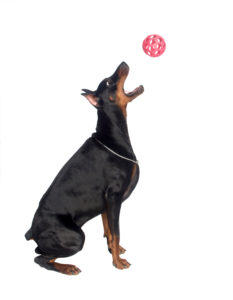What is a Good Bounce Rate?
You’ve heard the term bounce rate before. You know it has something to do with how long visitors stay on your website. But what you really want to know is what a good bounce rate is and how you get one. Sweet, you’re in the right place. Let’s learn more now.
What is a Good Bounce Rate?
If you have Google Analytic data available for your website, you will have seen the image above before. It tells you how many users, sessions and the session duration that people have spent visiting your site. It also tells you what the bounce rate percentage is. Your bounce rate is the percentage of visitors who come to your website and do nothing. People are always asking what is a good rate? Surely the lower your percentage the better?
A low bounce rate can be a good thing. Say one of your eCommerce pages had a rate of 5%. You’d be pretty wrapped because the chances are that people are moving from that page to others, including your checkout! But a low bounce rate can also be a bad thing. If you see a bounce rate of less than 10%, it could be that your Google Analytics code has been entered twice into the site. Or you could have a technical issue with your site.
A high bounce rate can also be a good thing. If the aim of your landing page is to give out your phone number so people call you, a 100% rate is great! Or if you use that page to send people to your Etsy shop, 100$ is also fabulous.
Generally though, you want to aim for a bounce rate of between 25% and 70% site wide. This tends to be the average percentage most people’s sites have. Each individual page on your site will have it’s own percentage rate. A blog post is generally higher, around 70% and over. This is because a blog is a read this and move on type of page: they’re naturally bouncy. This is why you must use a call to action with every blog post!
How Do I Get a Good Bounce Rate?
Basically your rate rests on the content which is on your page. If you write great website content, your visitor will be more inclined to do something as they read it. You’ll still need to include those calls to action though! When you create website content which is unique, engaging, factual and aimed at your target audience, you are more likely to lower the bounciness of your site. Here are my tips on how to improve your bounce rate:
- add links to other pages on your site by hyperlinking text. The text you use is called anchor text and you should use words which relate to the topic of the page you are linking to.
- think about other ways you can give your visitor information. On a product page, you could link to a blog of someone using it or an instruction manual.
- promote other areas on your site. Sidebars and widgets are great places to show using photos and short text what else you have on offer.
- write fabulous website copy! If you need some help, send me a message.
Posted: Monday 15 January 2018


